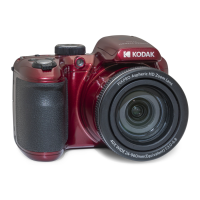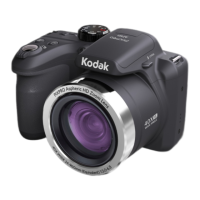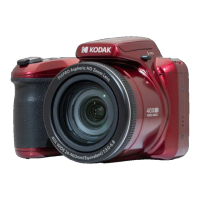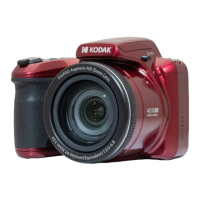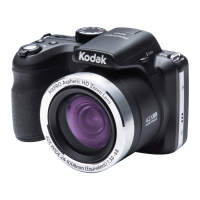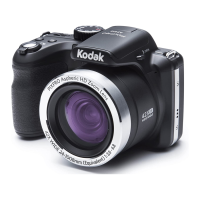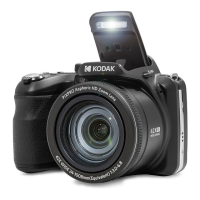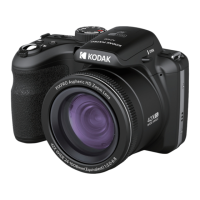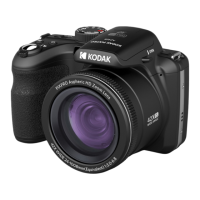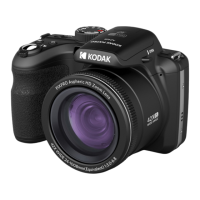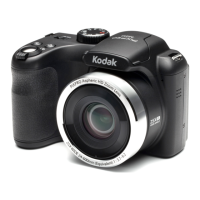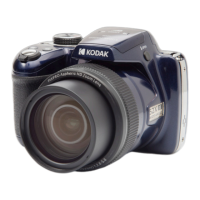| Digital zoom | 4 x |
|---|
| Optical zoom | 40 x |
|---|
| Combined zoom | 160 x |
|---|
| Focal length range | 4.3 - 172 mm |
|---|
| Maximum aperture number | 6.8 |
|---|
| Minimum aperture number | 3 |
|---|
| Lens structure (elements/groups) | 15/11 |
|---|
| Maximum focal length (35mm film equiv) | 960 mm |
|---|
| Minimum focal length (35mm film equiv) | 24 mm |
|---|
| Megapixel | 16.15 MP |
|---|
| Camera type | Bridge camera |
|---|
| Sensor type | CCD |
|---|
| Image stabilizer | Yes |
|---|
| Total megapixels | 16.44 MP |
|---|
| Image sensor size | 1/2.3 \ |
|---|
| Image formats supported | JPEG |
|---|
| Supported aspect ratios | 3:2, 4:3, 16:9 |
|---|
| Maximum image resolution | 4608 x 3456 pixels |
|---|
| Still image resolution(s) | 4608x3456, 3648x2736, 2592x1944, 2048x1536, 640x480, 4608x3072, 4608x2592, 1920x1080 |
|---|
| Focus | TTL |
|---|
| Focus adjustment | Auto |
|---|
| Auto focusing (AF) modes | Multi Point Auto Focus, Single Auto Focus |
|---|
| Macro focusing range (wide) | 0.016 m |
|---|
| Normal focusing range (tele) | 2 m |
|---|
| Normal focusing range (wide) | 0.5 m |
|---|
| HD type | HD-Ready |
|---|
| Video resolutions | 640 x 480, 1280 x 720 pixels |
|---|
| Motion JPEG frame rate | 30 fps |
|---|
| Video formats supported | H.264, MOV |
|---|
| Maximum video resolution | 1280 x 720 pixels |
|---|
| Scene modes | Children, Fireworks, Night landscape, Night portrait, Party (indoor), Pet, Portrait, Snow, Sports, Sunset, Landscape (scenery) |
|---|
| Photo effects | - |
|---|
| White balance | Auto, Cloudy, Daylight, Fluorescent, Incandescent, Manual |
|---|
| Shooting modes | Auto, Movie |
|---|
| Camera playback | Single image, Slide show |
|---|
| Self-timer delay | - s |
|---|
| Camera file system | DCF, DPOF 1.1 |
|---|
| Audio system | Mono |
|---|
| Audio formats supported | LPCM |
|---|
| Flip-out screen | No |
|---|
| Display diagonal | 3 \ |
|---|
| Display diagonal (metric) | 7.62 cm |
|---|
| Display resolution (numeric) | 460000 pixels |
|---|
| Light metering | Centre-weighted, Spot |
|---|
| ISO sensitivity | 80, 100, 200, 400, 800, 1600, 3200 |
|---|
| Light exposure correction | ± 2EV (1/3EV step) |
|---|
| Fastest camera shutter speed | 1/2000 s |
|---|
| Slowest camera shutter speed | 30 s |
|---|
| Flash modes | Auto, Fill-in, Forced off, Red-eye reduction, Slow synchronization |
|---|
| Flash range (tele) | 1.2 - 3.7 m |
|---|
| Flash range (wide) | 0.5 - 7.5 m |
|---|
| Internal memory | 8 MB |
|---|
| Compatible memory cards | SD, SDHC |
|---|
| Maximum memory card size | 32 GB |
|---|
| USB version | 2.0 |
|---|
| USB connector | Micro-USB |
|---|
| HDMI connector type | Micro |
|---|
| Power source type | Battery |
|---|
| Battery type | AA |
|---|
| Battery life (CIPA standard) | 280 shots |
|---|
| Number of batteries supported | 4 |
|---|
| Operating temperature (T-T) | 0 - 40 °C |
|---|
| Operating relative humidity (H-H) | 0 - 90 % |
|---|
| Product color | Red |
|---|


